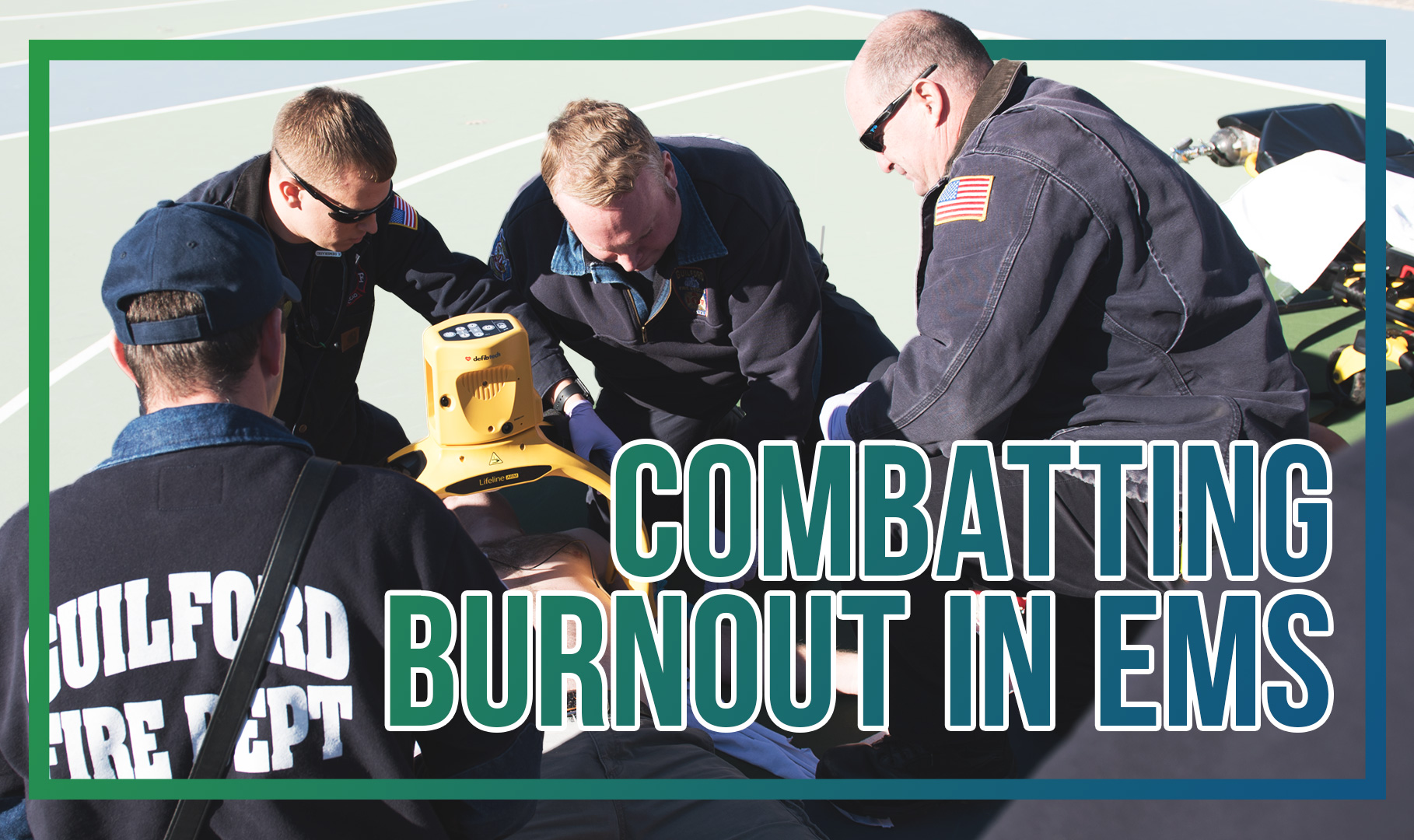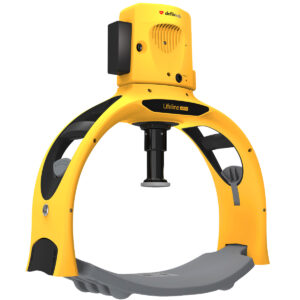Blog
Combatting Burnout in EMS

The past three years have taken a toll on the Emergency Medical industry. Paramedics and EMTs have been required to respond to a higher volume of emergencies while facing staffing challenges and not receiving the funds or attention required to maintain personnel and equipment. According to the EMS Trend Report from EMS1, the number one concern facing paramedics and EMTs in 2022 was the retention of quality personnel, with the second being Proper Funding and reimbursement. Likewise, EMS agencies cite retention and staffing challenges as their priority for 2023, with many employers identifying burnout as the primary reason behind paramedics leaving the field.
While frontline emergency workers leave the field in droves due to burnout, changing careers, or early retirement, many in the field remain optimistic about its future. The U.S. Bureau of Labor Statistics on EMTs and Paramedics projected an upward trend for jobs in 2021, and expected the field to slightly outpace the national growth average:
Projected 10-year Growth from 2021- 2031
Emergency medical technicians- 7%
Emergency medical technicians and paramedics- 7%
Health technologists and technicians- 7%
Paramedics- 7%
National Average- 5%
Over a ten-year period, the Bureau of Labor Statistics projects nearly 20,000 openings for EMTs and paramedics each year. While job openings are an encouraging prospect, many of these openings come from replacing workers exiting the field, such as changing careers or early retirement. Not to mention that EMS is recognized as an “Essential Service” by ONLY 14 of the 50 states, as EMS agencies continue to struggle for proper funding and reimbursement for their personnel and equipment.
Faced with staffing challenges, EMS practices are focusing their efforts and resources on retention of their team. The biggest obstacle to retention in emergency personnel is burnout. Sixty percent of paramedics reported having one or more symptoms of burnout in 2022. Combating burnout is a vital part of retaining your best healthcare workers and creating an environment that maximizes your staff’s growth and efficiency.
So, how do you combat burnout? Improved team communication is essential to revitalizing a healthcare practice. By creating an environment that unites a team from top to bottom, staff feels involved, heard, and invested. Classes on protocol and drills with all members of the staff help reinforce that everyone is united in purpose. Trainings, regular (productive) meetings, and consistent conversations bring everyone in the loop and proves everyone has a voice.
Another way to combat burnout is to bring equipment to the practice that eases the physical toll of EMTs and paramedics during a rescue. Examples of this type of equipment includes powered stretchers and automated chest compression devices. While many agencies have already incorporated power stretchers, far fewer have adapted to mechanical compression devices. Chest compressions can take upwards of 30 minutes and require the full attention of a paramedic, keeping one pair of hands busy at all times during a rescue. Manual compressions can cause fatigue in as few as five minutes, and fatigue wears down your staff members and worsens the quality of compressions.
With an automated chest compression device such as the Lifeline ARM, “smart” chest compressi ons hit the correct depth and tempo for effective CPR every time. The ARM was designed based on years of EMS-based transport data, designed to save time, effort, and lives on a rescue, even with a patient on a stretcher. The device can be assembled around the arms of a paramedic performing manual compressions, meaning the device can be activated without missing compression time. Learn more about the Lifeline ARM here.
ons hit the correct depth and tempo for effective CPR every time. The ARM was designed based on years of EMS-based transport data, designed to save time, effort, and lives on a rescue, even with a patient on a stretcher. The device can be assembled around the arms of a paramedic performing manual compressions, meaning the device can be activated without missing compression time. Learn more about the Lifeline ARM here.
The ARM has a workhorse battery, capable of performing compressions for an hour. The tactical battery is hot swappable, can be inserted in multiple orientations, and can charge from an AC power adapter while in use. Consider an automated device to save wear and stress from your EMTs while also freeing up a paramedic to perform other vital parts of the rescue.
Combatting burnout within your team comes from open lines of communication between leadership and paramedics, a trusting and rewarding work environment, and easing the physical toll on paramedics by mechanical or automated solutions. The Lifeline ARM is an example of a device that can handle the exhausting task of quality chest compressions with ease. At the same time, it frees up a team member to work on other aspects of reviving patients, letting you administer better life-saving care. Consider automated devices such as the ARM to combat burnout within your staff and help retention, saving you time, long-term money, and providing a better quality of care. Call today to learn more or request a quote: 866-417-2546.
